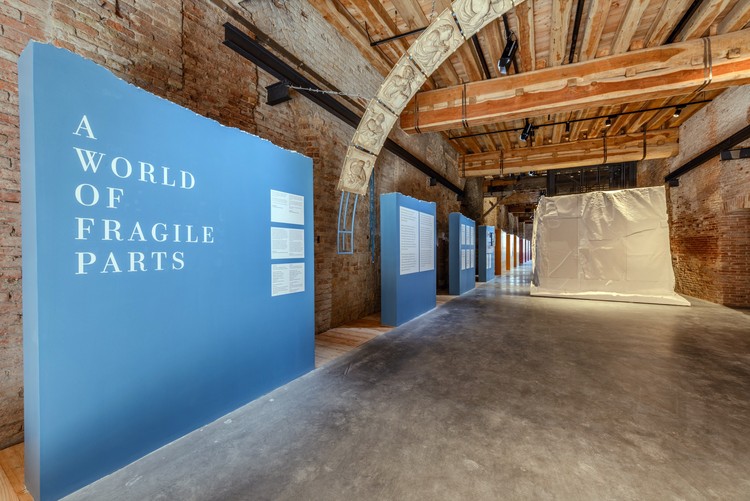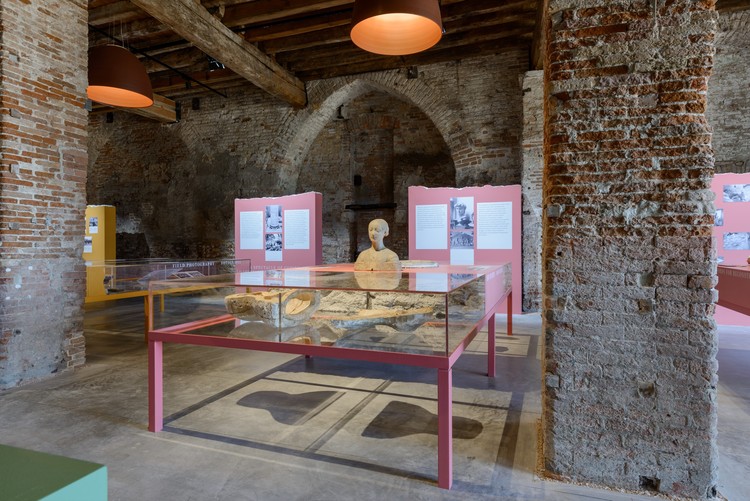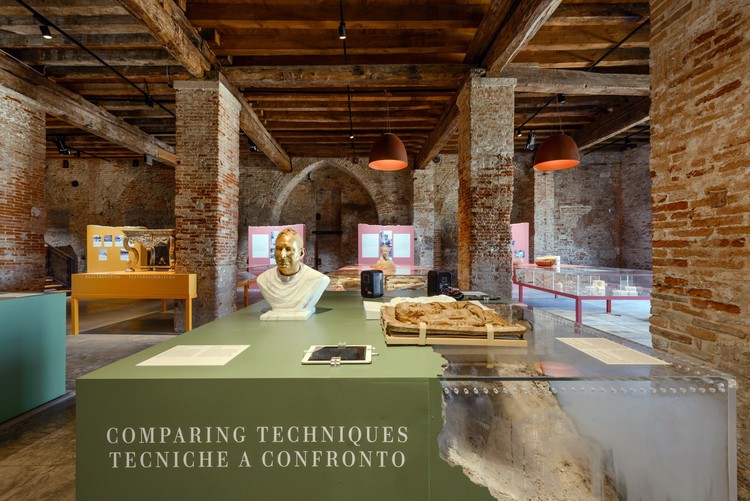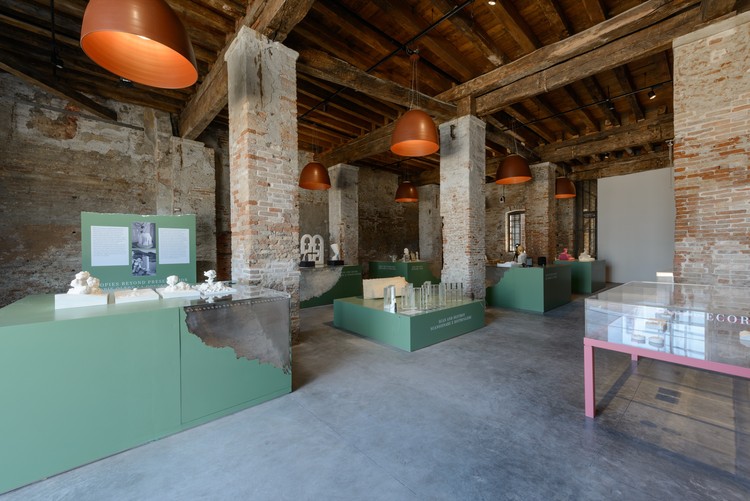
The Victoria & Albert Museum (V&A) has collaborated with La Biennale di Venezia on the Special Project Applied Arts Pavilion with an exhibition called A World of Fragile Parts. The project will examine threats faced by global heritage sites and how copies can act as an aid in the preservation of cultural artifacts.
“Climate change, natural disasters, urbanisation, mass tourism and neglect, as well as recent violent attacks have brought the risks faced by many heritage sites and cultural artefacts into public conversation," states the A World of Fragile Parts press release, outlining the concerns of the project. "Artists, activists and educational institutions are beginning to respond to the urgent need to preserve by exploring opportunities provided by digital scanning and new fabrication technologies. Several key questions emerge: What do we copy and how? What is the relationship between the copy and the original in a society that values authenticity? And how can such an effort be properly coordinated at a truly global and inclusive scale?”

The V&A itself has a long history with the production of copies in its Cast Courts. Favored in the 19th century for their ability to educate visitors who didn’t have the option to travel, in the 20th century casts became maligned objects, castoff as mere imitation. Now in an era saturated with competing forces of natural decay, neglect, and iconoclasm, those same copies are experiencing a resurgence in popularity for their preservation of patrimony. The V&A’s collections of plaster casts, including a facsimile of Trajan’s Column, opened in 1873 and are still open to the public today.

A World of Fragile Parts examines the 200 year history of duplicate productions, including 19th century plaster casts, electrotypes, photographs, and some contemporary projects that employ copying as a preservation strategy. The V&A has also cheekily included a facsimile of The Conventions for Promoting Universally Reproductions of Works of Art (1867), an arrangement made by the V&A’s first director, Henry Cole, as an accord for exchanging copies.

“One of the main projects emphasising the urgency inherent in A World of Fragile Parts is a 1:1 scanned replica of a shelter from the Calais ‘Jungle’ refugee camp by Sam Jacob Studio (2016). The ephemeral plastic and wood shelter, which responds to the enormity of refugee crisis, is rendered in CNC milled synthetic stone, transforming its value and meaning by elevating it to the status of a sculptural monument. The fragility in question is not only one of material objects and structures, but also of human lives and experiences.”

“A 3D print of the Nefertiti bust by artists Nora Al-Badri and Jan Nikolai Nelles (2015) is also on display at the Pavilion of Applied Arts. The bust of the Egyptian queen, excavated in Egypt in 1912, has been on show at the Neues Museum since its unveiling in Berlin in 1924, despite the requests of the Egyptian authorities to return the artefact. Furthermore, a detailed digital scan had been created but not made publicly available. In reaction, artists Nora Al-Badri and Jan Nikolai Nelles secretly scanned the bust using a staged Kinect Xbox controller. The ethical art heist, known as #NefertitiHack, resulted in the 3D model displayed at A World of Fragile Parts.”

According to V&A Director Martin Roth, “Replicas are a phenomenon of our age, and are rapidly transforming attitudes towards authenticity. As a complement to ‘traditional’ conservation, the value to culture of being able to create, store and protect accurate records of objects that might one day no longer exist or become inaccessible is clear.”

Roth acknowledges that such practices often raise more questions than they answer, such as: “What do we choose to record digitally?”; “When does it become appropriate to recreate something in a physical form and with whom does the responsibility lie?”; “Might an abundance of copies actually do more to endanger our cultural heritage than protect it?” Such questions, Roth believes, will have an important effect in shaping the museums of the future and our relationship to questions of authenticity in the applied arts.

A World of Fragile Parts is curated by Brendan Cormier (Victoria and Albert Museum) and a team, including Danielle Thom, Research (Victoria and Albert Museum); Charlotte Churchill, Project Manager (Victoria and Albert Museum); Ordinary Architecture, Exhibition Design. The exhibition runs from May 28 - November 27, more information can be found on the Biennale website, here.

Project descriptions have be taken from the exhibition's press release.














_%C2%A9_Victoria_and_Albert_Museum__London.jpg?1464280126)



